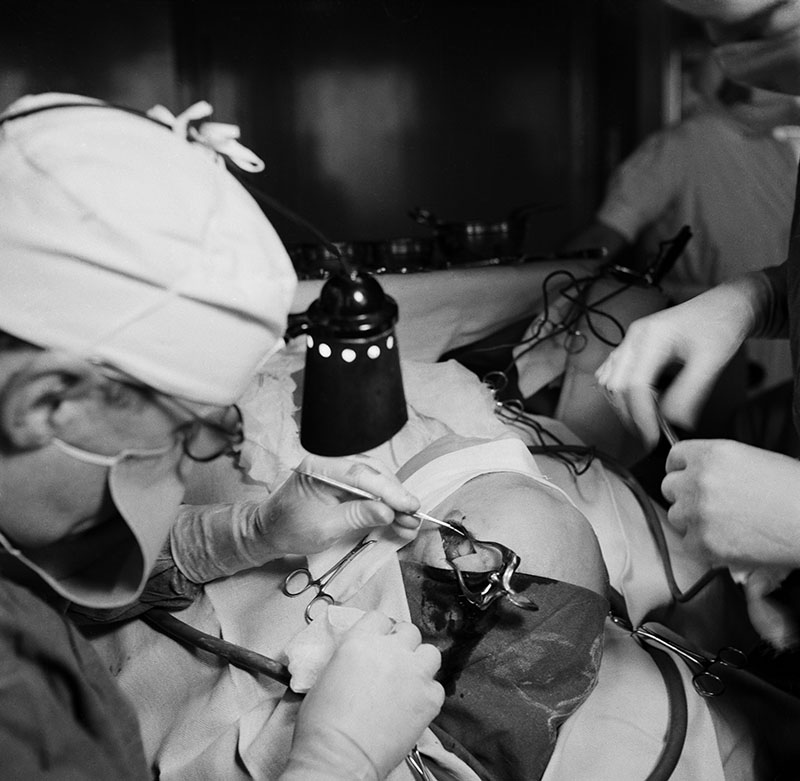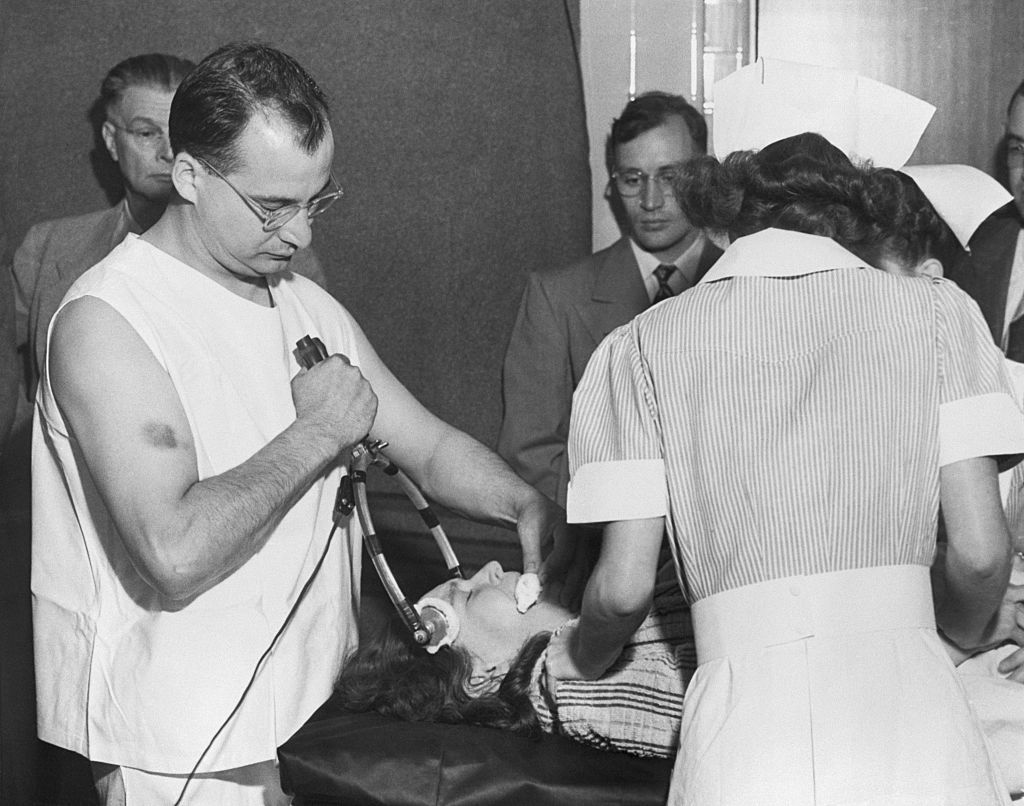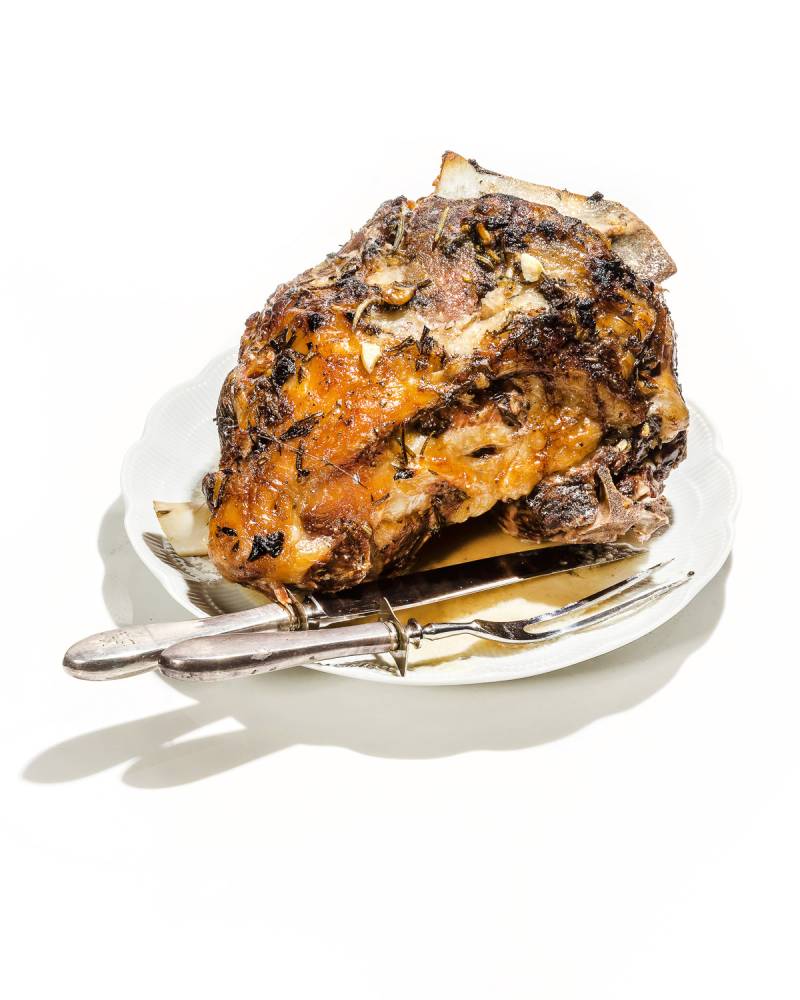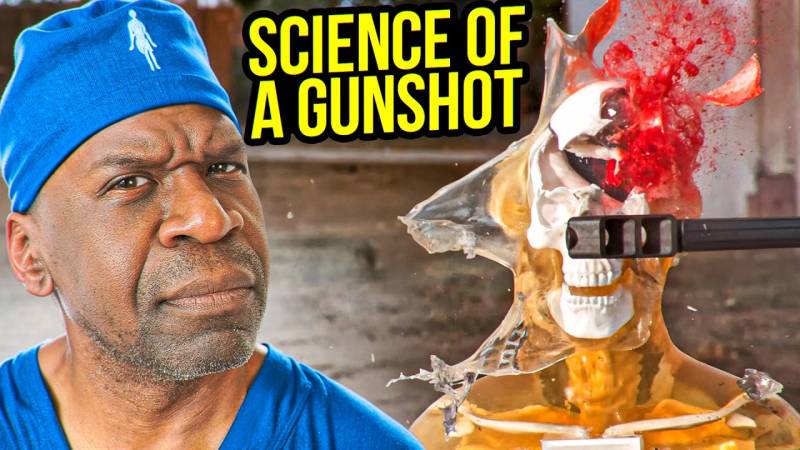When we take in information from our environment, this information is transformed into electrical signals that the nervous system can process. Once sensed, information enters our short-term memory, a temporary storage area. The temporal lobes, especially the Hippocampus, are crucial for forming and retrieving short-term memories, including those that may later become long-term memories. This is like our mental workspace, where we can manipulate and evaluate information. Henry Molaison, better known as H.M., was born in Manchester in 1926. He had a happy childhood until he was seven, hit by a bicycle, and suffered a head injury. At the age of 10, Henry began having seizures. The seizures became more severe over time, and they were debilitating by the time he was an adult. He was unable to hold down a job or live an everyday life. In 1953, at the age of 27, Henry underwent a bilateral medial temporal lobectomy, a surgery designed to remove the part of his brain that was causing his seizures. Dr. William Scoville, a neurosurgeon, performed the surgery. Scoville believed that the seizures originated in the brain's medial temporal lobe and decided to remove a thumb-sized of the brain, including the Hippocampus, amygdala, and entorhinal cortex, on both sides of Henry's brain. The "ice-pick" lobotomy, also known as the transorbital lobotomy, was a surgical procedure that involved inserting an instrument resembling an ice pick through the patient's eyeball through the orbit of the eye into the frontal lobe of the brain and moving it around, then proceeding to do the same in the other eye. The procedure was performed under local anesthesia, and the patient did not need to be hospitalized. It was developed in the late 19th century as a treatment for mental illness, including schizophrenia, depression, and obsessive-compulsive disorder (OCD). It was widely used in the 1940s and 1950s. Sometimes, about 25 lobotomies in a single day. Before modern medicine and the use of chemical prescriptions, there was little one could do for the mentally ill. The cure rate was, at best, perhaps 50%. One of the biggest tragedies was that people were kept in the dark about the horrific consequences. Indeed, they could hardly give their consent. "Informed consent" was not in existence before 1957. Before-and-after photos were publicly circulated, showing a "manic-looking" person followed by a photo of the same person looking calm, or even smiling.

Related article - How to Order Prescription Glasses Online

The "ice-pick" lobotomy

Dandelion Medical Animation



